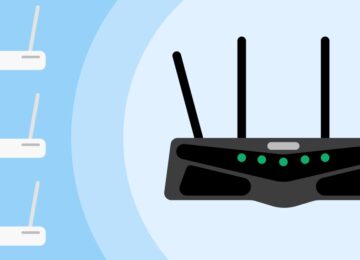Web users are smart people. They know that every device and account on the web is pretty much hackable. However, it’s not the smartness that can protect them from hackers, it’s awareness that’s the key. And recent studies and data released by many reputable security websites clearly indicate that many organizations have finally started understanding the value of adopting cybersecurity techniques. That’s because the arrival of the pandemic made hackers more active and they started exploiting the security vulnerabilities in a lot of ways.
One of the reasons that the world of web experienced this uproar in hacking attempts was that bulk work was shifted online due to the remote working culture. Ultimately, users on the web realized that basic techniques alone will not be able to safeguard their systems from hackers. This led to the culture of zero trust plan – organizations increased cybersecurity from the scratch. They started by approaching every unknown domain on the web as a threat.
If you too want to protect your organization from the active hackers that are usually looking out for weaker targets, then here are the cybersecurity practices that will help you.
- Do Not Use Plain Passwords Any More – Provide every employer with a unique identity. Make them use the multi-factor authentication approach. This is the one practice that will protect the system being targeted from serious phishing threats like Pharming.
- Use Encrypted Password Management Tools – Password management is essential if you follow the basic password hygiene habit – using a different password for every account. Which means that you’ll probably have a lot of passwords to remember. So, instead of noting them down on your phone, better feed them in a password management tool. An encrypted one is further hard to be broken into.
- Avoid Emails From Unknown Sources – Do not click on emails that come from an ID you cannot recognize. If your system marks it flagged, the chances that the links in such emails would lead to a malware infected website increase further. If any such emails drop in the work ID of your employees and they accidentally click on the link, you’ll end up losing a lot.
- Use Network Segmentation Technique – This one works on the concept of dividing information and storing every piece on a different network. It means you’ll have multiple independent networks instead of one single network. The benefit of this technique would be that if an employee ends up clicking on the link, then the entire organization will not be hacked. Only those systems that are running on the hacked network will be affected. In other words, the damage will be limited and much less than a full-blown phishing attack can cause.
On a parting note, we would like to mention that society techniques provide much better results when they are all applied simultaneously. So, instead of implementing one selective technique, implement as many techniques as you can.









